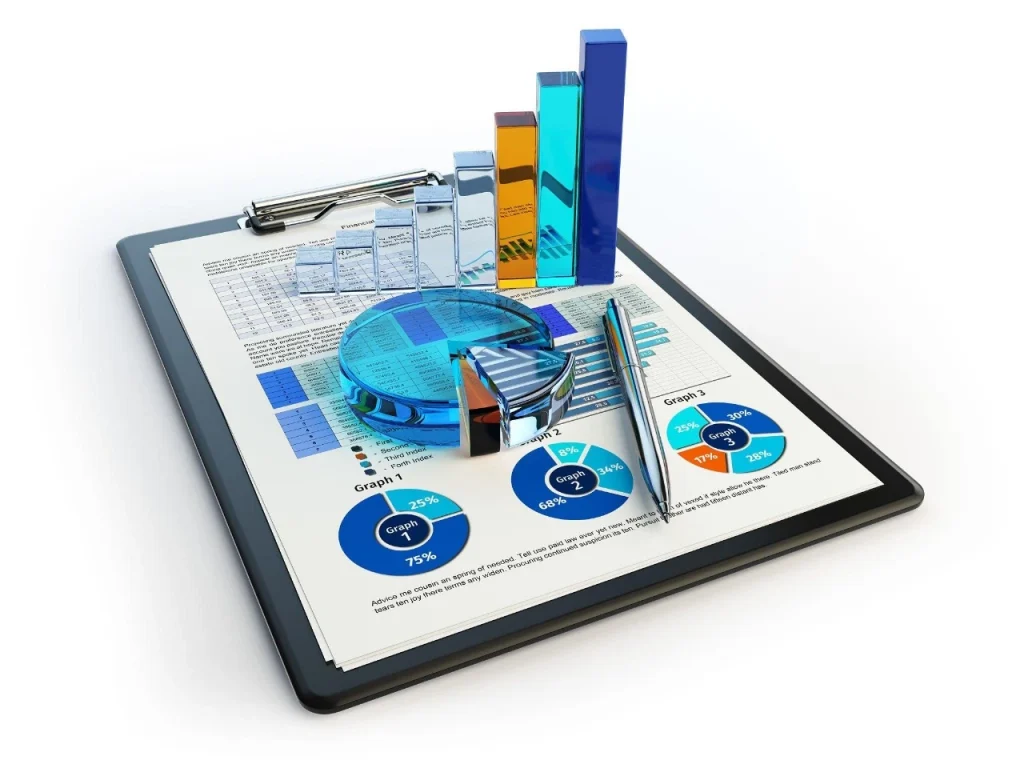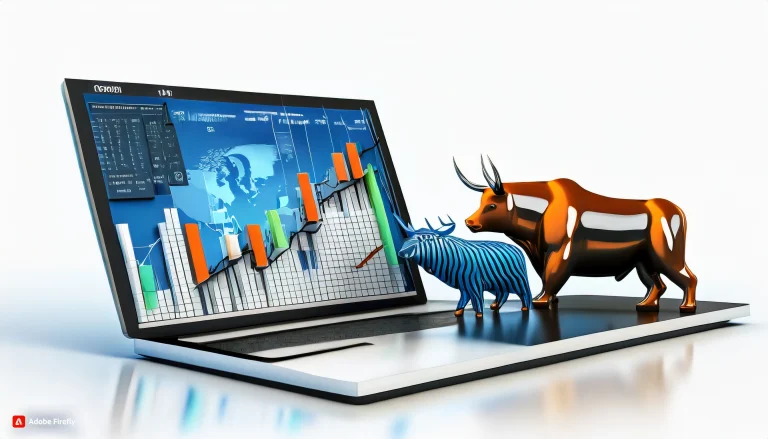Books Every Forex Trader Should Read It
The world of Forex trading is vast and complex, requiring a blend of technical knowledge, analytical skills, and a deep understanding of market psychology. Whether you’re a beginner or a seasoned trader, continually expanding your knowledge is crucial. Here’s a list of must-read books that can help every Forex trader sharpen their skills and stay ahead in the game. "Currency Trading for Dummies" by Kathleen Brooks and Brian Dolan • Overview:- A comprehensive guide for beginners, offering an easy-to-understand introduction to the forex market. • Key Takeaways:- • Basics of forex trading and currency pairs. • Importance of trading psychology. • Risk management strategies. "Forex Trading: The Basics Explained in Simple Terms" by Jim Brown • Overview:- A straightforward book that demystifies the fundamentals of forex trading. • Key Takeaways:- • Simple explanations of complex concepts. • Insight into trading platforms and brokers. • Tips on developing a trading plan. "Trading in the Zone" by Mark Douglas • Overview:- Focus on the psychological aspects of trading, helping traders to master their mindset. • Key Takeaways:- • Understanding and overcoming psychological barriers. Develop a disciplined trading approach. • Strategies for achieving consistent trading performance. "Technical Analysis of the Financial Markets" by John J. Murphy • Overview:- A detailed guide on technical analysis, crucial for making informed trading decisions. • Key Takeaways:- • Explanation of charts, patterns, and technical indicators. • Practical advice on applying technical analysis to trading. • Comprehensive overview of market analysis techniques. "Japanese Candlestick Charting Techniques" by Steve Nison • Overview:- Introduces traders to the Japanese candlestick charting method, a vital tool for analyzing market trends. • Key Takeaways:- • In-depth coverage of candlestick patterns and their meanings. • Techniques for integrating candlestick analysis with other technical tools. • Real-world examples of candlestick charts in action. "Day Trading and Swing Trading the Currency Market" by Kathy Lien • Overview:- Offers advanced trading strategies and insights into the currency market. • Key Takeaways:- • Strategies for both day trading and swing trading. • Analysis of economic and political events impacting the forex market. • Techniques for predicting market movements. "A Complete Guide to the Futures Market" by Jack D. Schwager • Overview:- While focused on futures, this book provides valuable insights applicable to forex trading. • Key Takeaways:- • Detailed explanations of futures and options. • Practical advice on technical and fundamental analysis. • Strategies for managing risk and maximizing returns. "The New Trading for a Living" by Dr. Alexander Elder • Overview:- A modern take on Elder’s classic book, updated with new insights and trading techniques. • Key Takeaways:- • Comprehensive guide to trading psychology and market analysis. • Step-by-step approach to developing a trading plan. • Techniques for improving trading performance and discipline. "Market Wizards" by Jack D. Schwager • Overview:- Interviews with some of the most successful traders in history, offering invaluable insights and inspiration. • Key Takeaways:- • Personal stories and trading philosophies of top traders. • Lessons learned from their successes and failures. • Strategies and tips that can be applied to forex trading. "The Little Book of Currency Trading" by Kathy Lien • Overview:- A concise guide that provides essential knowledge for new traders. • Key Takeaways:- • Overview of the forex market and its dynamics. • Practical tips for trading currencies. • Strategies for managing risk and capital. Conclusion Investing time in reading and understanding these books can significantly enhance your forex trading skills. Each book offers unique insights, from fundamental and technical analysis to the psychological aspects of trading. Whether you are just starting or looking to refine your strategies, these resources are invaluable for achieving success in the dynamic world of forex trading but don't limit your skills up to these books only.
Read More












